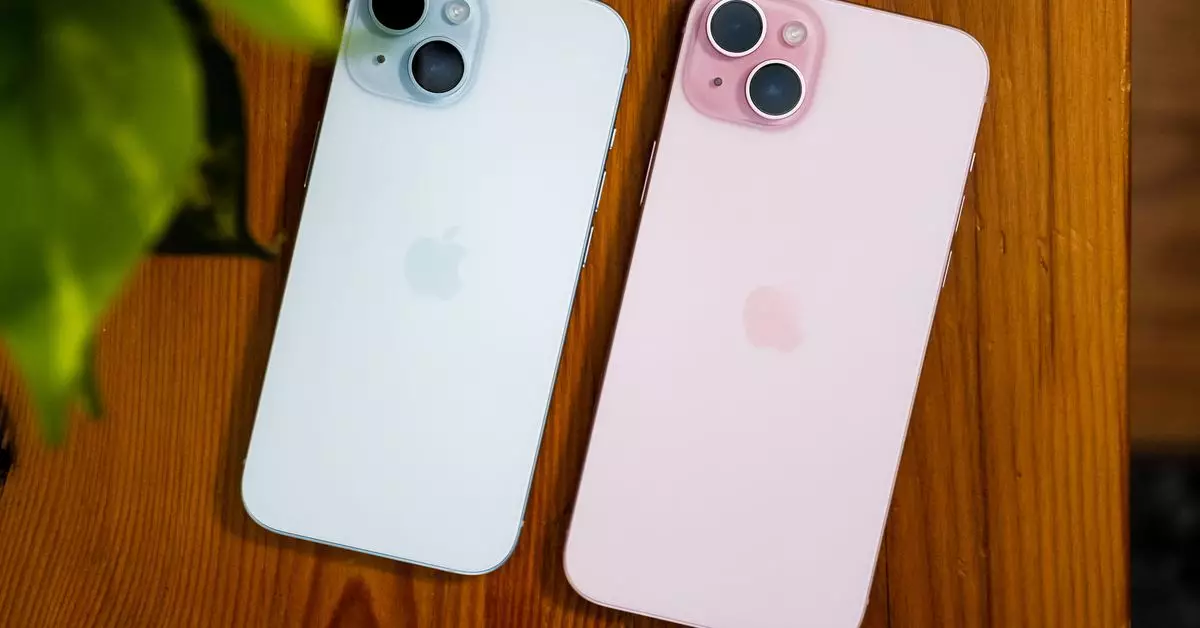Apple, the tech giant known for its closed ecosystem, has come under fire for lobbying against the right-to-repair bill in Oregon. While the company recently supported a similar bill in California, its opposition to the Oregon bill sheds light on its stance on parts pairing. This controversial practice, employed by Apple and other manufacturers, restricts customers from repairing their devices with aftermarket parts.
The bill in question, SB 1596, aims to ensure that companies provide customers and independent repair shops with the necessary documentation, tools, and parts to fix broken products. However, it also targets parts pairing, which prevents customers from using non-Apple approved replacement parts. Specifically, the bill prohibits manufacturers from using parts pairing to inhibit repair providers or owners, reduce functionality or performance, or display misleading alerts.
During a hearing on the right-to-repair bill, Apple’s senior manager for the secure design team, John Perry, defended the use of parts pairing. According to Perry, Apple employs this practice to “make repair easier” while ensuring the security and privacy of devices and their data. He argued that allowing the use of parts of unknown origin could compromise the safety, security, and privacy of Oregonians.
One of the main issues with parts pairing is the inconvenience it poses to consumers. Apple requires users to “pair” replacement parts like batteries and screens to their device using the company’s System Configuration tool. If a non-Apple verified part is installed, customers receive persistent notifications and may experience limited functionality, such as Face ID not working properly.
Apple is not alone in utilizing parts pairing. Many other manufacturers have also adopted this practice across a wide range of electronics. A graph featured in an iFixit article demonstrates the increasing prevalence of paired parts in iPhones over the years. While manufacturers argue that parts pairing enhances security and ensures device integrity, critics argue that it limits consumer choice and hinders the ability to repair devices independently.
In the face of mounting pressure, Apple announced a new initiative last October to provide customers with access to parts, tools, and repair documentation. Additionally, the company has introduced a Self Service Repair program, which includes various iPhones and Macs. However, it remains to be seen whether these measures will fully address the concerns regarding parts pairing and the broader right-to-repair movement.
The debate over right to repair extends beyond Apple and the proposed bill in Oregon. It raises questions about customer rights, monopolistic practices, and the environmental impact of disposable technology. Proponents of the right-to-repair movement argue that it empowers consumers, reduces electronic waste, and fosters a more sustainable approach to technology. On the other hand, manufacturers often emphasize security concerns and the need to protect their intellectual property.
As the battle over right to repair continues, lawmakers face the challenge of balancing consumer interests with the concerns of manufacturers. While Apple’s opposition to the bill in Oregon highlights the company’s reluctance to relinquish control over the repair process, it also underscores the growing demand for greater transparency and accessibility in the tech industry. Ultimately, the outcome of this legislation could have far-reaching implications for the right-to-repair movement and the future of consumer electronics.


Leave a Reply